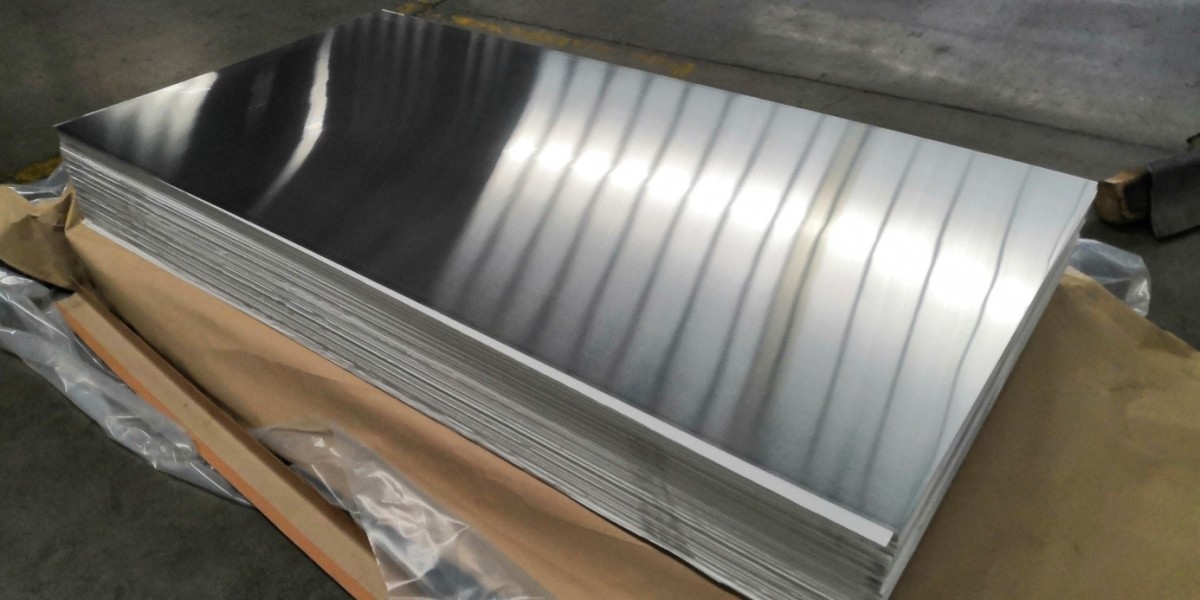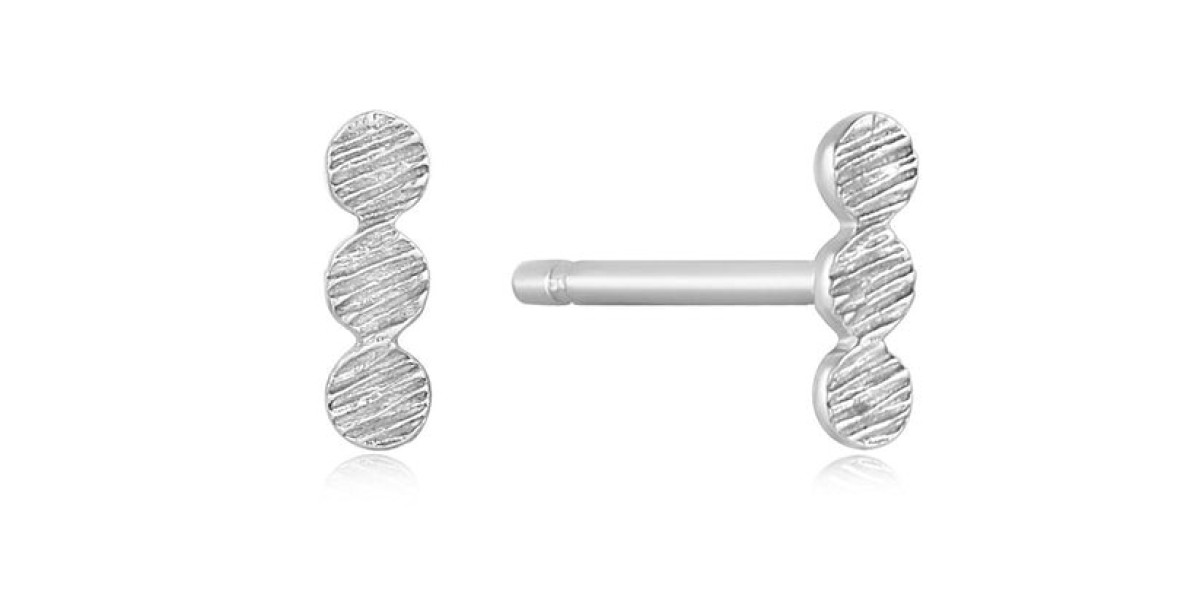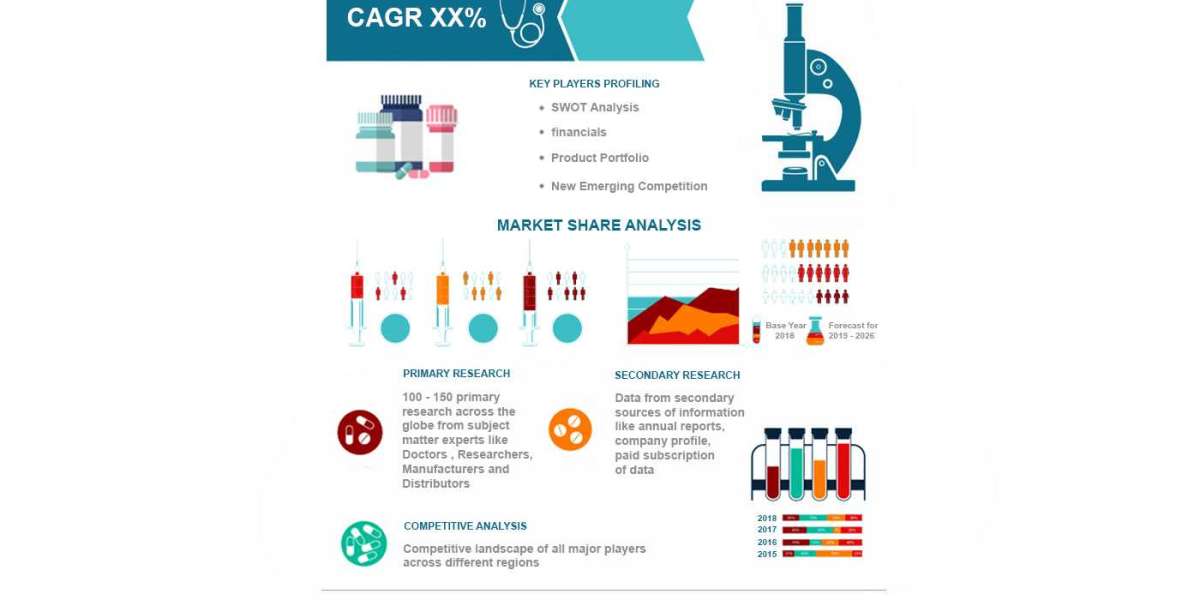Both copper and aluminum have excellent electrical conductivity. The conductivity of copper is only behind silver, and the conductivity of aluminum is second and fourth after gold, respectively. The conductivity of copper is 58m/mm2, and that of aluminum The electrical conductivity is 37.5m/mm2. Therefore, the conductivity of aluminum with the same cross-sectional area is only about 65% of that of copper. In terms of conducting the same amount of current, the cross-sectional area of aluminum is about 1.6 times that of copper. However, the density of copper is 8.92g/cm3, and the density of aluminum is only 2.7 g/cm3, the density of48 Aluminum Sheetis only 30% of that of copper, calculated by weight, the amount of aluminum used to conduct the same amount of current is still saved by about half.
Application Analysis
1) Low voltage loss: due to the low resistivity of the copper core cable, the same current flows through the same section. The voltage drop of the copper core cable is small. Therefore, the same power transmission distance can guarantee higher voltage quality; or in other words, under the condition of allowable voltage drop, copper core cable power transmission can reach a longer distance, that is, the power supply coverage area is large, which is conducive to network planning and reduces Set number of feed points.
2) Low heat generation temperature: Under the same current, the heat generation of copper core cables with the same cross section is much smaller than that of aluminum core cables, making the operation safer.
3) Low energy consumption: Due to the low resistivity of copper, compared with aluminum cables, copper cables have lower power loss, which is obvious, which is conducive to improving power generation utilization and protecting the environment.
4) Convenient construction: due to the good flexibility of the copper core and the small allowable bending radius, it is convenient to turn and wear the pipe; because the copper core is fatigue-resistant and not easy to break after repeated bending, the wiring is convenient; and due to the high mechanical strength of the copper core , can withstand large mechanical tension, which brings great convenience to construction and laying, and also creates conditions for mechanized construction.
When concealing or pre-burying hidden wires in buildings, copper core wires are often used, because when replacing hidden wires, higher and greater mechanical strength is required to pull out the embedded wires. Once the wires are pulled out, The entire hidden line system will be scrapped and meaningless.
Therefore, copper cables have outstanding advantages in cable power supply, especially in the field of underground cable power supply. Underground use of copper core cables for power supply has the characteristics of low accident rate, corrosion resistance, high reliability, and convenient construction and maintenance. This is the reason why copper cables are mainly used in underground cable power supply in China at present. In terms of physical properties, copper oxide still has the ability to conduct electricity, and it still does not affect the safety of electricity after the copper cable is aged, which is not available in aluminum.
Search
Popular Posts








